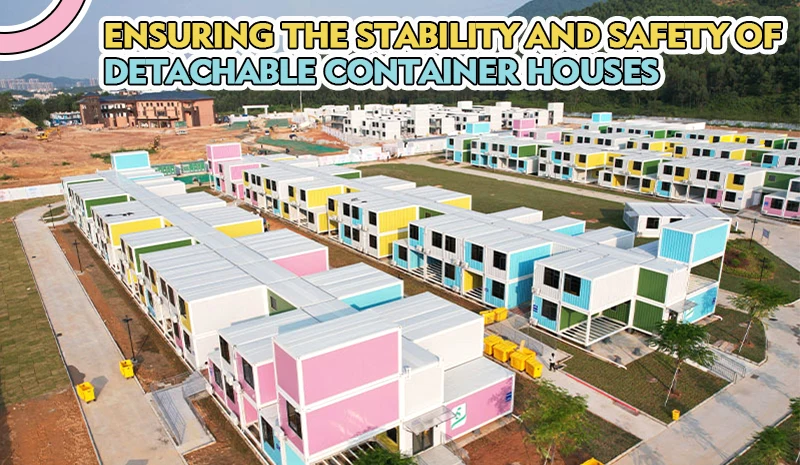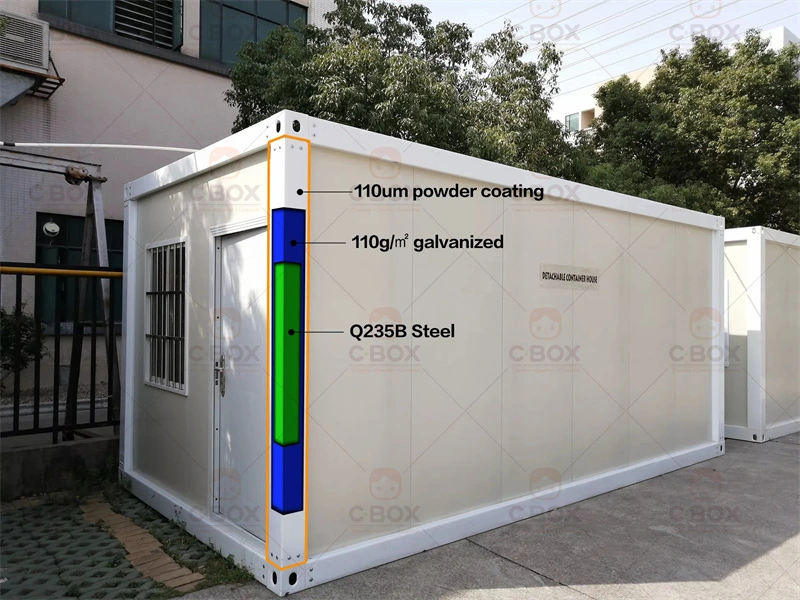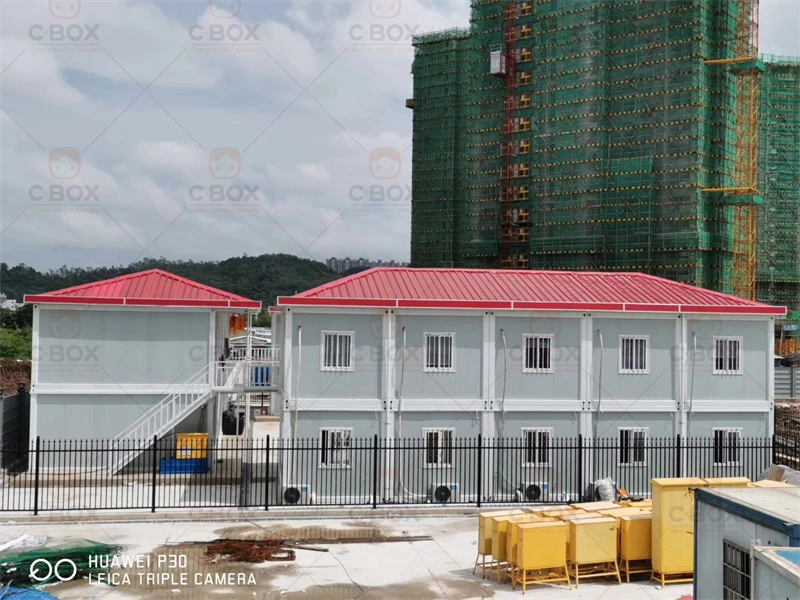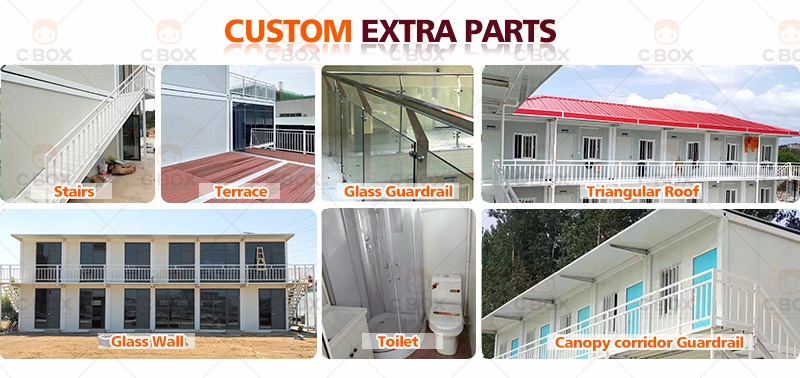Ensuring the Stability and Safety of Detachable Container Houses

Detachable container houses have become increasingly popular in industries such as construction, temporary housing, and disaster relief, thanks to their ease of installation, flexibility, and cost-effectiveness. However, concerns regarding their structural stability—particularly the possibility of collapse—are common. To address these concerns, it’s important to consider various factors including structural design, material quality, and the conditions in which these containers are used.
Structural Design and Material Considerations
Detachable container houses are typically constructed using lightweight, durable materials like steel and composite materials. These materials are chosen to facilitate easy transportation and rapid assembly, which are key advantages in temporary settings. When designed properly, detachable container houses offer good load-bearing capacity and resistance to wind and other environmental stresses. However, the safety and longevity of these structures depend heavily on their design and the quality of materials used.
The challenge arises when construction standards are not properly adhered to or when low-quality materials are used. Even though these materials are inherently strong, improper design, poor workmanship, or the use of substandard materials can compromise the structural integrity of the entire unit. Ensuring that the container house meets rigorous engineering standards is crucial to preventing safety issues.

External Factors Affecting Stability
While the design and materials play a significant role in the stability of detachable container houses, the environment in which they are placed is just as important. For example, the foundation must be stable and level, as an unstable or improperly prepared foundation can lead to structural failure over time. Additionally, extreme weather conditions—such as strong winds, heavy rains, or snow—can pose significant risks if the structure is not reinforced properly.
To mitigate these risks, regular inspections are essential. Checking for wear and tear, ensuring that connections remain secure, and monitoring the overall condition of the container are necessary steps in maintaining safety. Moreover, during extreme weather conditions, reinforcing the structure to improve wind resistance is a key preventive measure.

Preventive Measures to Reduce Risks
The risk of collapse can be minimized by following several best practices. First, choosing the right design and high-quality materials is essential. These should meet industry standards to ensure the structure’s durability. During construction, it’s important to follow professional construction guidelines and ensure a stable, level foundation. Additionally, regular maintenance and safety inspections should be conducted to address any potential issues before they escalate.
It is also critical to avoid overloading the container, as excessive weight can weaken the structure. Keeping the area around the container clean and free of debris also helps prevent accidents and ensures stability. In areas prone to extreme weather, timely reinforcement measures, such as adding windbreaks or securing the structure against heavy rains, can further reduce the risk of collapse.

Conclusion
Detachable container houses, when built with the right materials and proper construction techniques, offer a safe and durable housing solution. By following construction guidelines, conducting regular inspections, and reinforcing the structure when necessary, the risk of collapse can be significantly reduced. With careful planning and maintenance, these structures can provide safe, long-term accommodation in a variety of settings, from construction sites to emergency relief areas.
Ensuring the safety of detachable container houses requires a combination of good design, high-quality materials, and proper maintenance. With these measures in place, the risk of collapse is minimal, ensuring that these versatile structures remain secure and functional for years to come.




